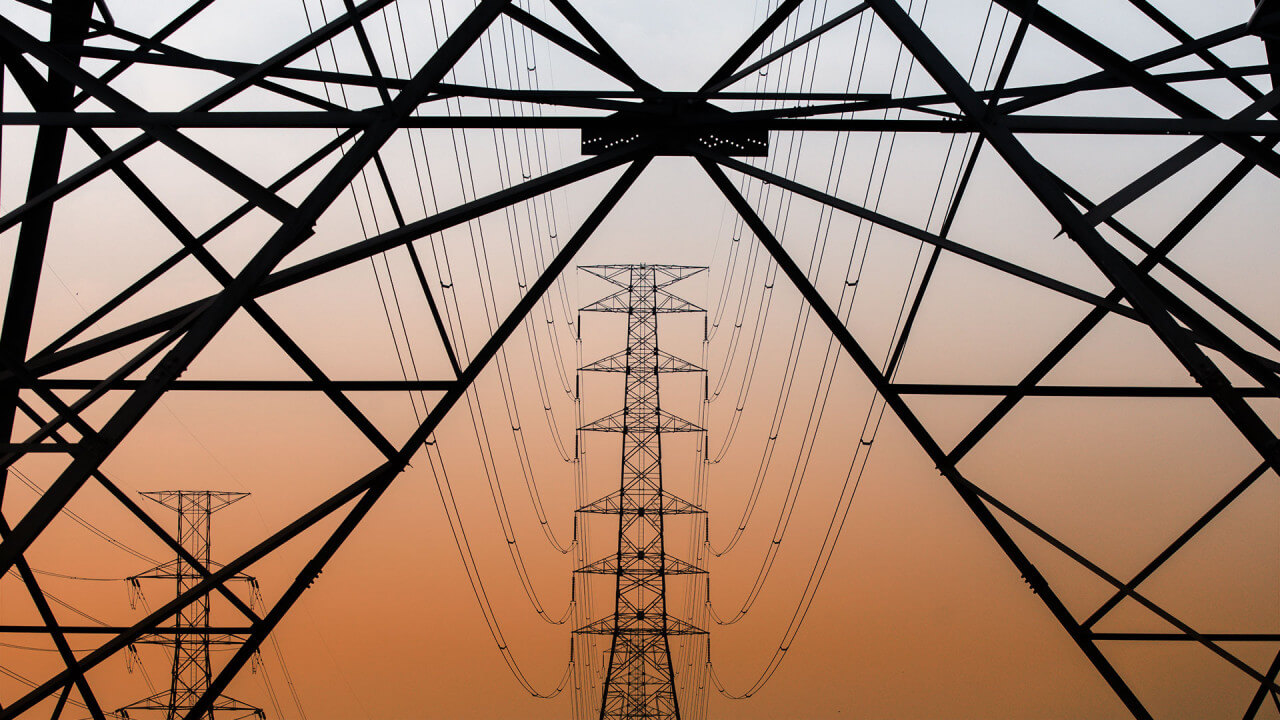

The initiative, aimed at improving power reliability and driving economic growth in rural areas, was highlighted by Meralco senior vice president and chief external and government affairs officer Arnel Casanova during The Monday Circle forum.
“Our objective really is to make the Philippines competitive in the global economy particularly in the context of becoming digital,” Casanova said, emphasizing that reliable power is essential for industries such as cold storage, healthcare, and overall quality of life, particularly in underserved areas.
The 121-year-old Meralco is the Philippines’ largest private electric distributor, covering 39 cities and 72 municipalities with over 8 million customers.
Currently, it operates within only 3 percent of the country’s land area but delivers 55 percent of the nation’s power supply.
This concentrated coverage area generates a gross domestic product per capita of approximately P500,000 annually, compared to P150,000 to P200,000 in regions served by electric cooperatives.
Casanova noted the economic disparity, linking it to unreliable electricity in rural areas.
“That reflects why the countryside is poor,” he said. “We literally lack power.”
To address these issues, Meralco is proposing joint ventures with electric cooperatives, bringing its technological expertise, economies of scale, and advanced capabilities to improve electricity services.
“We have no intent of taking over the electric cooperatives,” Casanova said. “What we want to do is empower them and upgrade the skills of their employees.”
The initiative also envisions electric cooperatives transforming into stock corporations, enabling member-consumers to become part-owners and shareholders under the Electric Power Industry Reform Act.
Meralco chairman Manuel Pangilinan has tasked the company to expand its presence and foster partnerships nationwide. This includes ongoing ventures in Batangas and Pampanga, where Meralco currently holds management contracts.
Casanova also emphasized the increasing demand for power in the digital age.
“The quality of life has really improved when electricity came and we’ve seen this happen as the rural electrification moved on over the decades,” he said. “Now, almost 95-98 percent of our countryside are already energized residentially but we are now in the era of digitalization and artificial intelligence.”

